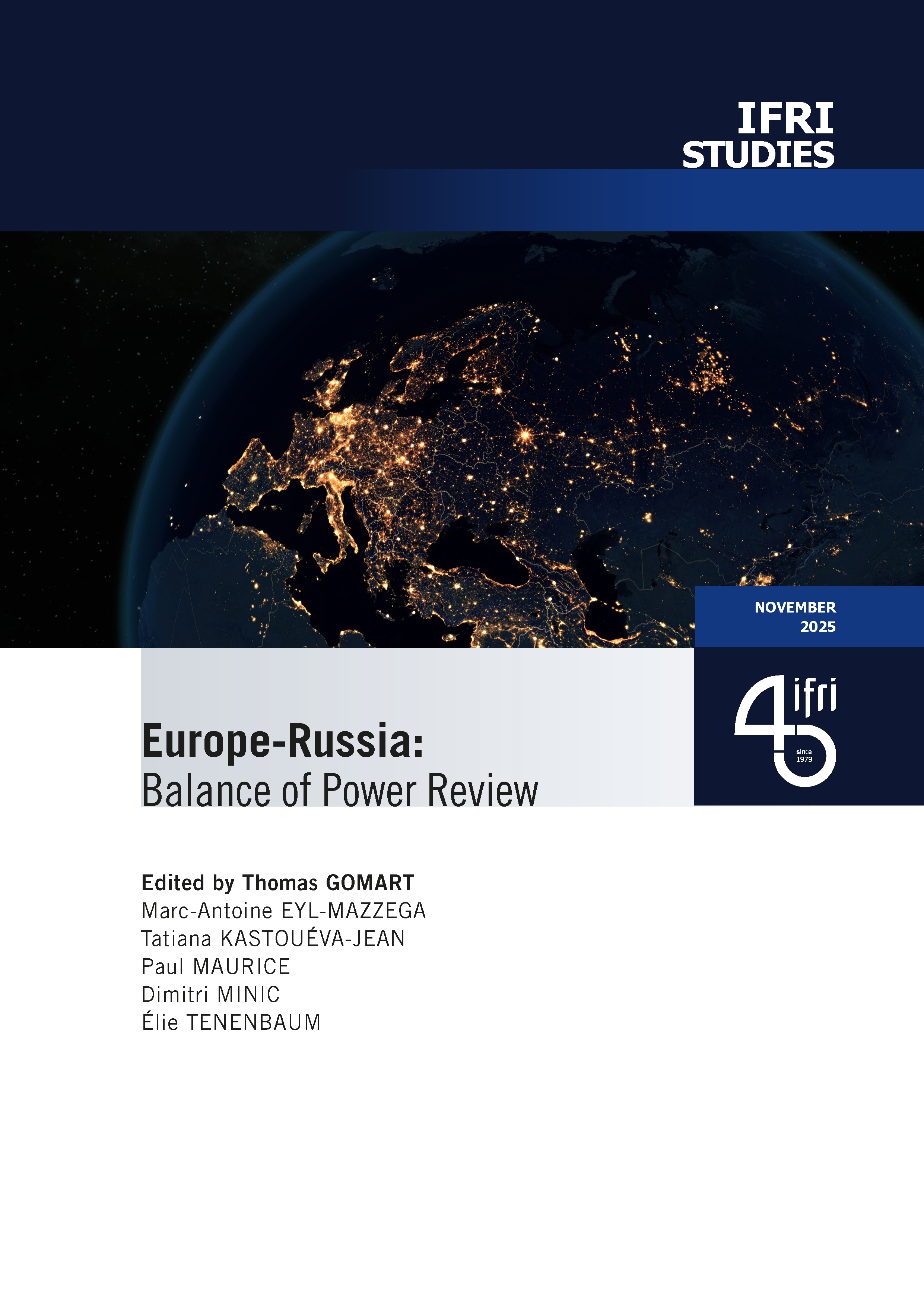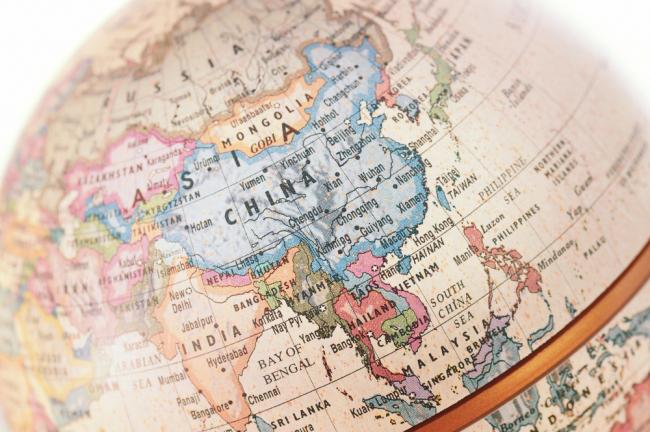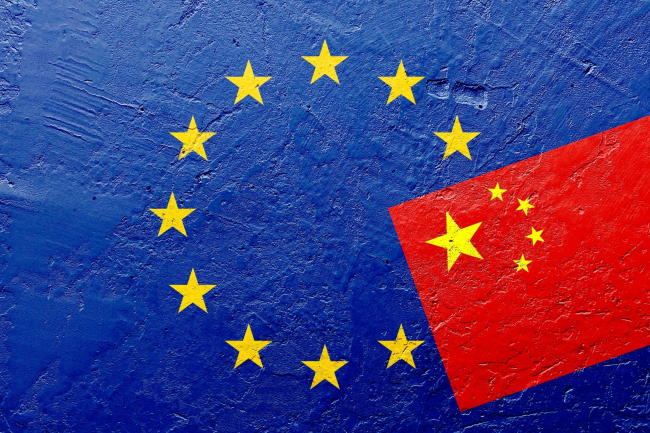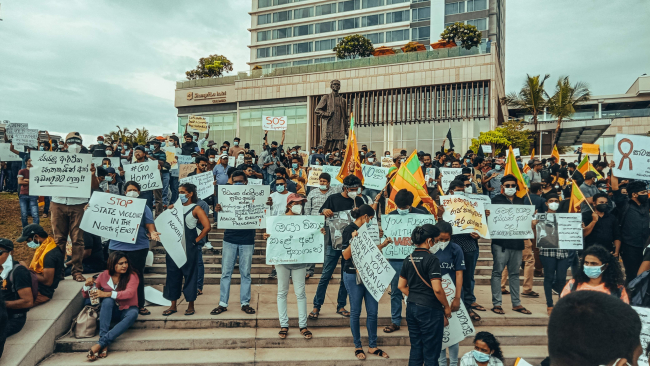The Economic Pillar of Korea’s New Southern Policy: Building on Existing Assets
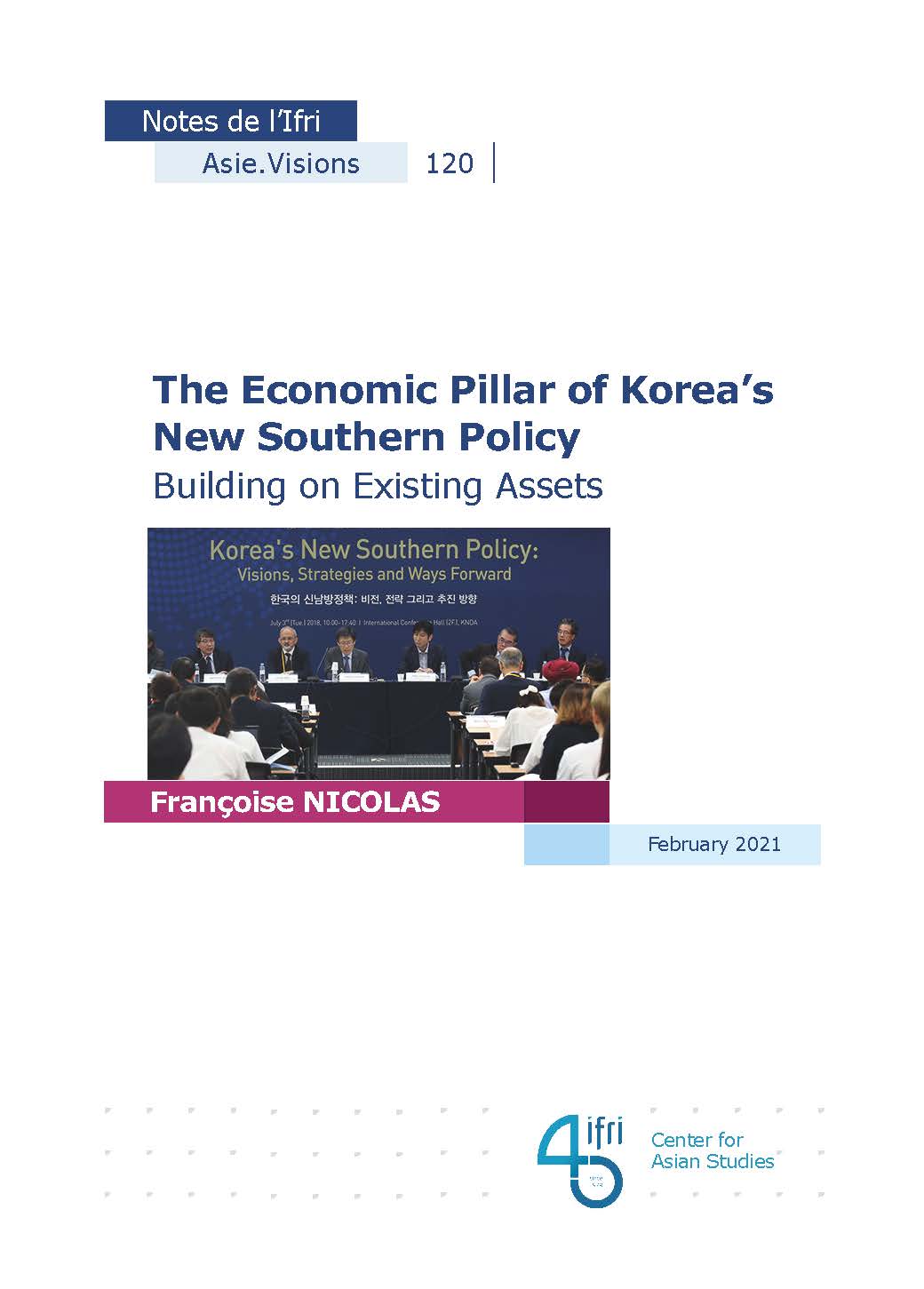
Diversification is a key tenet of South Korea’s New Southern Policy (NSP). In the economic sphere, however, the need for diversification is apparently less pressing as, unlike what is observed in the diplomatic and security domains, Korea’s economic partnerships are less unbalanced and are not (or not as clearly) polarized on the big Four (China, Japan, the United States, and Russia).
Although Korea’s economic relations with its “South” – Association of Southeast Asian Nations (ASEAN) and India – seem to be relatively strong already, there is still scope for further development. First, heavy Korean economic involvement in ASEAN is heavily skewed towards Vietnam. Secondly, India remains a marginal economic partner for Korea and may be deemed the weak pillar in its economic strategy so far. Thirdly, except through Official Development Assistance (ODA), the role of the government has remained limited so far in supporting the expansion of economic links between Korea and ASEAN, and to a lesser extent India.
The key question is to determine what the added value of the NSP can be beyond existing private sector-based economic relations. Through the NSP the Korean government provides financial support to facilitate the expansion of private companies’ activities in Korea’s “South”, in particular in sectors in which they would not necessarily engage on their own. The diversification objective of the NSP’s economic pillar is thus not only geographical but also sectoral. The focus is placed on infrastructure development projects in ASEAN and India, and more specifically on niche activities such as smart-city projects.
In addition to such financial support, the Korean government has opted for indirect support through the negotiation and implementation of various trading arrangements – Free Trade Agreements (FTAs) or Comprehensive Economic Partnership Agreements (CEPAs) – including the recently concluded Regional Comprehensive Economic Partnership (RCEP).
The chance of success of the NSP can be deemed relatively high as it does not start from scratch and as Korean private companies’ and government’s interests dovetail quite nicely. Moreover, Korea’s focus on infrastructure is aligned with the recipient countries’ interests, in particular ASEAN’s. However, a major weakness of the strategy is the absence of a powerful and convincing narrative to go with it, which makes Korea’s endeavor less attractive for its potential partners. But, of course, this weakness goes beyond the economic dimension of the NSP and would need to be addressed at a more general level.
Download the full analysis
This page contains only a summary of our work. If you would like to have access to all the information from our research on the subject, you can download the full version in PDF format.
The Economic Pillar of Korea’s New Southern Policy: Building on Existing Assets
Related centers and programs
Discover our other research centers and programsFind out more
Discover all our analyses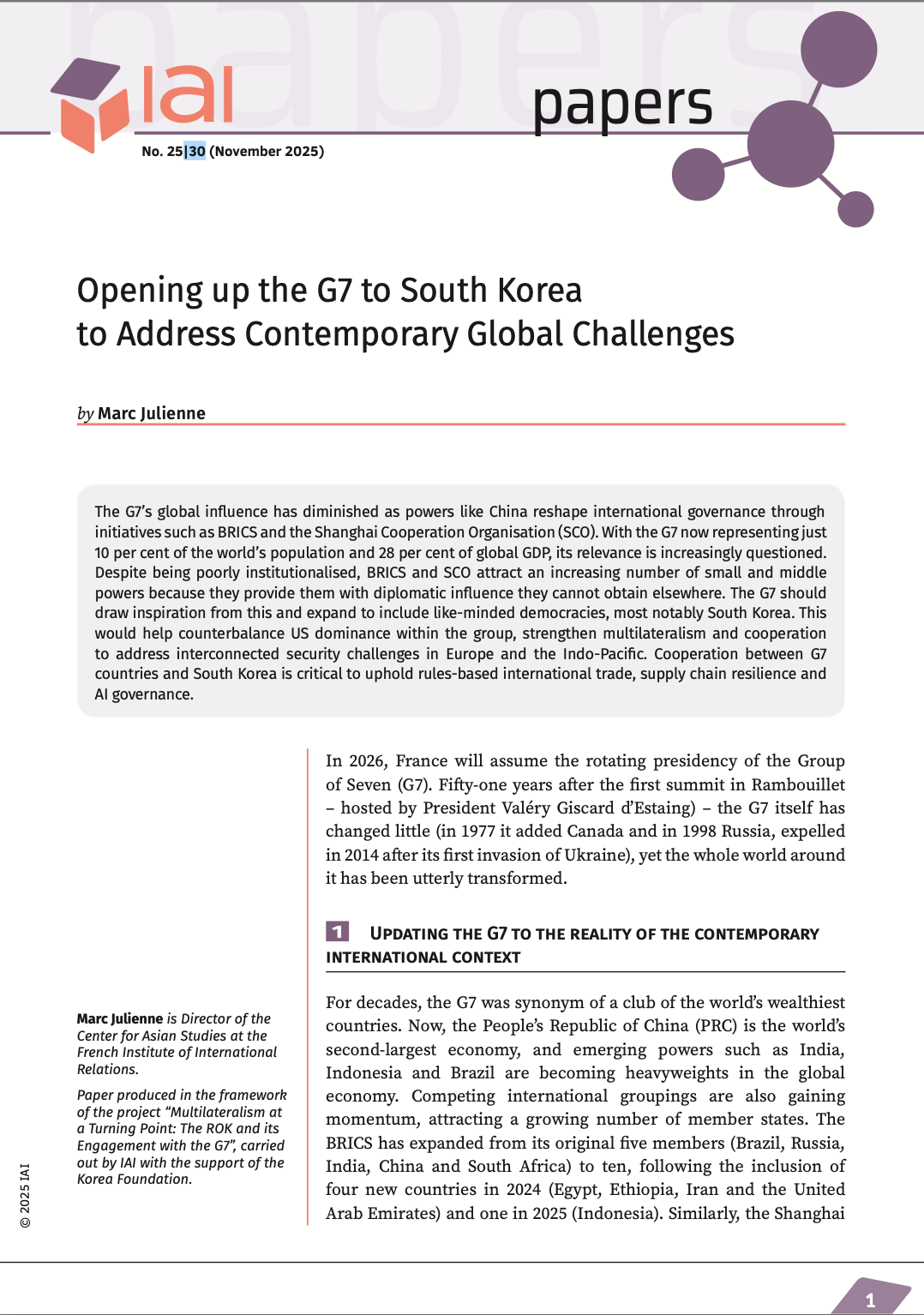
Opening up the G7 to South Korea to Address Contemporary Global Challenges
The G7’s global influence has diminished as powers like China reshape international governance through initiatives such as BRICS and the Shanghai Cooperation Organisation (SCO). With the G7 now representing just 10 per cent of the world’s population and 28 per cent of global GDP, its relevance is increasingly questioned.
Expanding SPDMM as a pivotal institution in the Pacific – A French perspective
The South Pacific Defence Ministers’ Meeting (SPDMM) is the only forum that brings together defense ministers from the wider South Pacific — including Chile, which is hosting it for the first time. This heterogeneous group of countries with varying resources, capacities, and interests — Australia, Chile, Fiji, France, New Zealand, Papua New Guinea (PNG), and Tonga — are united by their shared determination to strengthen cooperation on maritime security and humanitarian assistance and disaster relief (HADR) activities.
EU’s Derisking From China: A Daunting Task
With economic security as a major concern, the EU has recently turned to “derisking” from China. The EU strategy entails reducing critical dependencies and vulnerabilities, including in EU supply chains, and diversifying where necessary, while recognizing the importance and need to maintain open channels of communication.
Sri Lanka’s NPP Government. From System Change to Structural Compliance
In September 2024, a relative outsider to Sri Lanka’s two-party-dominated political system, Anura Kumara Dissanayake, won the presidential elections. The anti-establishment, populist movement he represented, the National People’s Power (NPP), went on to receive an overwhelming mandate in the November 2024 general elections, winning 159 seats in a 225-member parliament.


